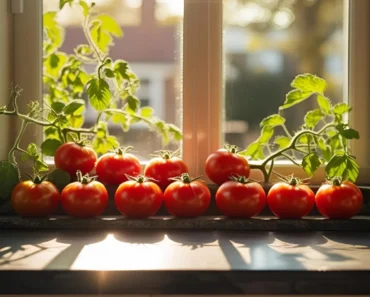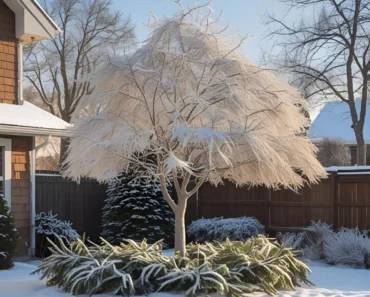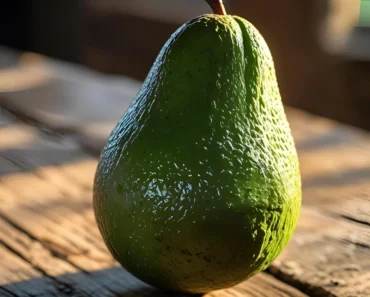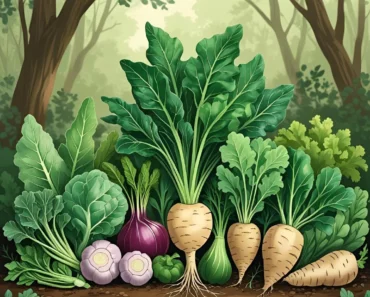A garden rich in butterflies is a sign of a healthy ecosystem and brings dazzling color and movement to your outdoor space. However, identifying these winged visitors can sometimes be daunting due to the variety of species and their shifting appearances throughout the seasons. This visual guide is designed to help you recognize some of the most common butterflies found in gardens across North America and Europe, with helpful descriptions, visual cues, and fun natural history facts so you can tell friends — and keep an eye out for rare species.butterfly-conservation+3
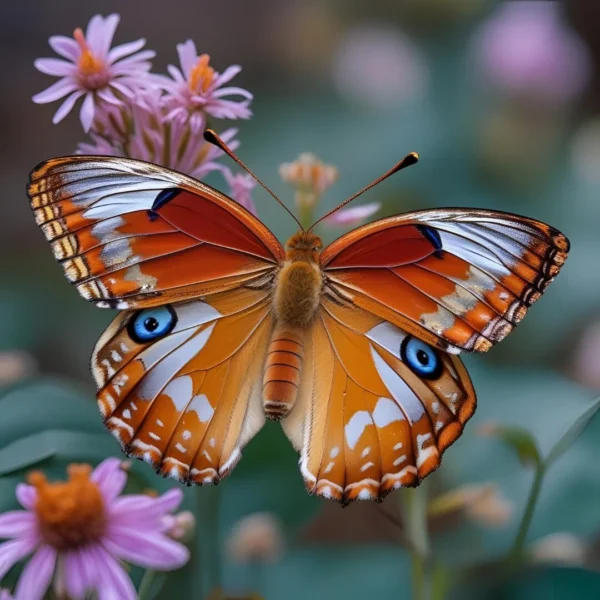
Why Butterfly Identification Matters
Recognizing butterfly species allows gardeners:
-
To plant specific host and nectar plants that attract favorite or rare butterflies.
-
To track seasonal biodiversity and contribute to citizen science projects.
-
To celebrate the life cycles and beauty of these important pollinators.
Key Identification Tips
-
Look at wing color and pattern: Most butterflies can be grouped by dominant color, patterning (spots, bands, eyespots), and shape.
-
Observe resting position: Some species (like whites and sulphurs) sit with wings closed, whereas others (like monarchs and swallowtails) bask with wings open.
-
Review garden location and season: Some butterflies are migratory or appear only in spring or fall.
Swallowtails (Genus Papilio)
Eastern Tiger Swallowtail (Papilio glaucus)
-
Large (up to 5.5-inch wingspan) bright yellow butterfly with distinctive black “tiger” stripes and cooling blue on female hindwings.
-
Active spring through fall; wings often held wide when basking.
-
Look for them fluttering around garden lilacs, wild cherry, or in woodlands.
Western Tiger Swallowtail (Papilio rutulus)
-
Nearly identical to its eastern cousin; look for a strong yellow-and-black striped pattern.
-
Host plants are often willow, ash, and poplar.
-
Found along streams, in parks, and open gardens across western North America.gardenbetty
Whites and Sulphurs (Family Pieridae)
Large White (Pieris brassicae)
-
Commonly called “cabbage white.”
-
White wings tipped with black; two black spots mid-wing on females.
-
Active from early spring; loves brassicas, nasturtiums, and alyssum.
-
Small white (Pieris rapae) looks similar but is slightly smaller.derbyshirewildlifetrust
Orange Sulphur (Colias eurytheme) & Clouded Sulphur (Colias philodice)
-
Bright yellow to orange wings, with black-margined edges.
-
Flits quickly among dandelions, clovers, alfalfa, and peas.
-
Caterpillars are smooth and green, sometimes considered pests in veggie patches.
Brushfooted Butterflies (Family Nymphalidae)
Red Admiral (Vanessa atalanta)
-
Black wings with broad orange bands and white “checkered” tips.
-
Energetic, territorial, sometimes lands on people!
-
Found on nettles as caterpillars, and garden flowers as adults.gardenbetty
Painted Lady (Vanessa cardui)
-
Bright orange wings with black and white markings; underwings have turquoise and eyespots.
-
Highly migratory—may suddenly appear in large numbers.
-
Seen throughout the US and Europe; likes thistles, mallows, and sunflowers.
Monarch (Danaus plexippus) – North America
-
Iconic orange and black wing pattern, heavy veining, and white-dotted black wing borders.
-
Large (4-inch) wingspan; slow, gliding flight.
-
Caterpillars require milkweed; adults feed on coneflowers, asters, and goldenrod.butterfly-conservation+1
Small Tortoiseshell (Aglais urticae) – Europe
-
Bright orange with black spots and a blue-bordered edge.
-
Prefers sunny gardens with nettles, their caterpillar food plant.derbyshirewildlifetrust
Peacock (Aglais io) – Europe
-
Deep red with big blue-and-yellow “eyespots” on wings.
-
Startles predators by displaying its open wings.butterfly-conservation+1
Blues, Coppers, and Hairstreaks (Family Lycaenidae)
Common Blue (Polyommatus icarus)
-
Males are vivid blue; females brown with orange edges.
-
Wings small (about 1-inch); prefers grassy spots full of clover.
-
One of the smallest and most widespread butterflies in Europe.butterfly-conservation
Holly Blue (Celastrina argiolus)
-
Sky-blue wings (males brighter), black margin at edges.
-
First to appear in spring, flitting around holly, ivy, and dogwood.
Green Hairstreak (Callophrys rubi)
-
Dazzling green due to light refraction, not pigment.
-
Upright, closed wings at rest; rarely seen with open wings.
-
Found on gorse, heather, and bird’s-foot trefoil.butterfly-conservation
Satyrs and Browns (Family Satyridae)
Gatekeeper (Pyronia tithonus)
-
Orange-brown wings with black eye spots.
-
Loves bramble flowers, uncut grass with wildflowers, and sunny borders.
-
Often perches with wings open on tall grass.derbyshirewildlifetrust
Meadow Brown (Maniola jurtina)
-
Dull brown with a single eye-spot on forewings; hint of orange on some.
-
Most common brown butterfly in UK meadows and gardens; flies in lazy, looping flight from June to September.
Skippers (Family Hesperiidae)
Essex Skipper (Thymelicus lineola) & Large Skipper (Ochlodes sylvanus)
-
Small, fuzzy, orange-brown butterflies; hold wings in a “jet plane” position.
-
Skippers skip! Quick flight, zippy from flower to flower.
-
Grasslands, lawns, and garden borders.derbyshirewildlifetrust+1
Specialty Butterflies to Watch For
-
Comma (Polygonia c-album): Tattered wing edges, orange coloring with a white comma mark on underwing.
-
Common Buckeye (Junonia coenia): Brownish with two large eye spots on each forewing.
-
Marbled White (Melanargia galathea): Ivory and dark checkered pattern, meadows and wild gardens.
-
Cloudless Sulphur (Phoebis sennae): Tall yellow, with some pink spots; common in the Southern U.S. and tropics.
Quick Butterfly ID Table
| Butterfly | Main Features | Caterpillar Host Plant | Preferred Nectar | Notes |
|---|---|---|---|---|
| Monarch | Orange w/ black veins, dots | Milkweed | Coneflowers, asters | Large, migratory |
| Red Admiral | Black w/ orange, white | Nettle | Buddleia, daisies | Confident, lands on people |
| Painted Lady | Orange w/ black/white | Thistles, mallow | Many flowers | Migratory |
| Eastern Tiger Swallowtail | Yellow/black stripes | Magnolia, rose family | Lilacs, wild cherry | Large, blue on females |
| Cabbage White | White w/ black spots | Brassicas | Nasturtium, alyssum | Common garden visitor |
Butterfly-Watching Tips
-
Plant host species for local butterflies—milkweed, nettle, violets, clover, holly, etc.
-
Grow a range of nectar-rich flowers from early to late season for continuous visits.
-
Avoid pesticides and use organic, pollinator-friendly gardening methods.
-
Provide sunny, sheltered spots and shallow water dishes for butterflies to “puddle.”
Conclusion
Butterfly identification turns a simple garden walk into a fascinating nature study. With color cues, wing shape, preferred flowers, and a bit of observation, anyone can learn to spot, name, and protect the most common garden butterflies. Keep this guide handy as you spot fluttery visitors, track their comings and goings, and marvel at the miniature wildlife thriving among your flowers.bondsvillemillpark+3
- https://butterfly-conservation.org/butterflies/identify-a-butterfly
- https://www.wildlifetrusts.org/wildlife/identify-british-butterflies
- https://www.derbyshirewildlifetrust.org.uk/how-identify-common-garden-butterflies
- https://gardenbetty.com/butterflies/
- https://butterfly-monitoring.net/sites/default/files/Pdf/Field%20Guides/ebms%20Field%20Guide%20Slovenia%202%20English%2008022023_final.pdf
- https://papillons.pnaopie.fr/wp-content/uploads/2024/12/Medit_FranceCommonSp_FieldGuide_English_finalV2.pdf.pdf
- https://www.wlgf.org/butterflies.html
- https://www.bondsvillemillpark.org/butterfly-identification-guide.html
- https://www.woodlandtrust.org.uk/blog/2019/07/butterfly-identification/
- https://www.discoveringbelgium.com/identify-garden-butterflies/

